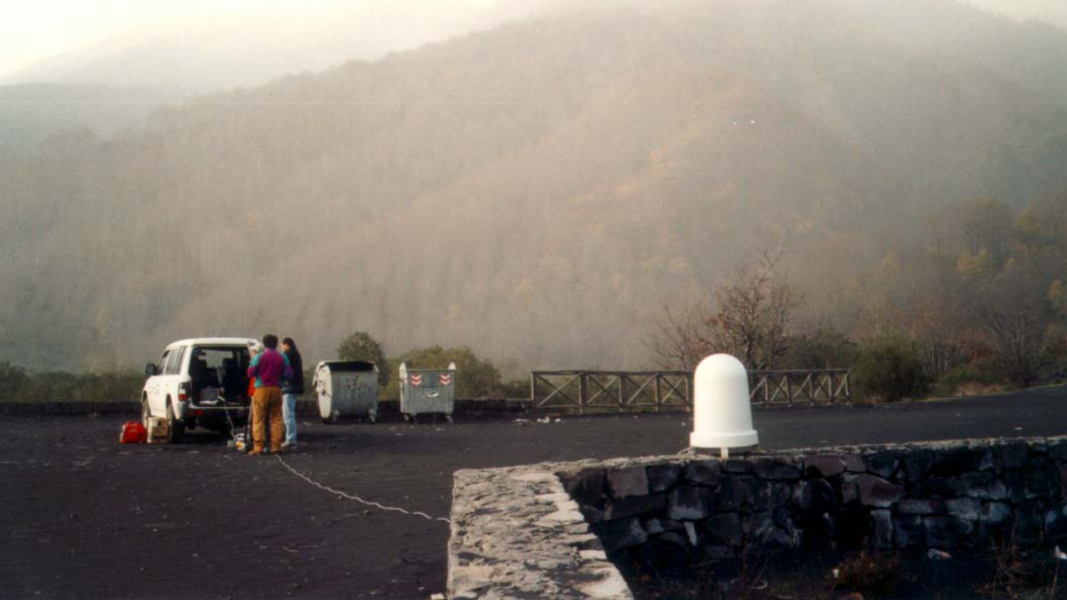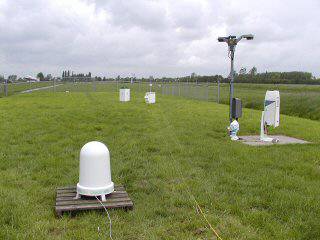
PLUDIX MICROWAVE DISDROMETER
PLUDIX 2.0
This device is the result of Nubila’s many years of experience in the field of rain monitoring

The instrument measures size distribution of the hydrometeors falling in a above it, different for each size.

PLUDIX uses a CW waves bistatic X-band low continuous wave radar.

Pludix has a power consumption only about 16 W.

PLUDIX can easily distinguish the type of precipitation such as rain, snow and hail






DETAILS ABOUT PLUDIX
PRINCIPLE OF OPERATION
A microwave beam emitted from an upward-pointing antenna is backscattered by hydrometeors (raindrops, hailstones, snowflakes) in free fall.
Near the ground each hydrometeor has reached a situation of aerodynamic equilibrium and falls with a constant vertical speed and depends only on its size. The return signal received by the receiving antenna is made up of many components moved in frequency with respect to the transmitted signal of quantities depending on the fall velocity of the observed hydrometeors (Doppler effect). The amplitude of these components depends on the reflectivity of the hydrometeors and their density within the portion of space observed by the instrument.
Thus, a Doppler spectrum is displayed with the time frequency of one minute. Each Doppler spectrum is characteristic of the type of precipitation present. From the Doppler spectrum thus obtained we obtain, through an inversion process, the dimensional distribution of the raindrops and the intensity of the precipitation in mm / h. In particular, the drops with a diameter included between 0.8 and 7 mm are classified and divided into 21 diametral classes with a range of 0.3 mm.
Work in progress...
APPLICATIONS
This tool has potential applications in many of the earth sciences and in particular:
Meteorology
Hydrology
Agrometeorology
Calibration of radar sites
Calibration of satellite precipitation estimation algorithms
Present weather sensor
Other applications have been identified in different sectors such as:
Control of road traffic
Airport traffic control
